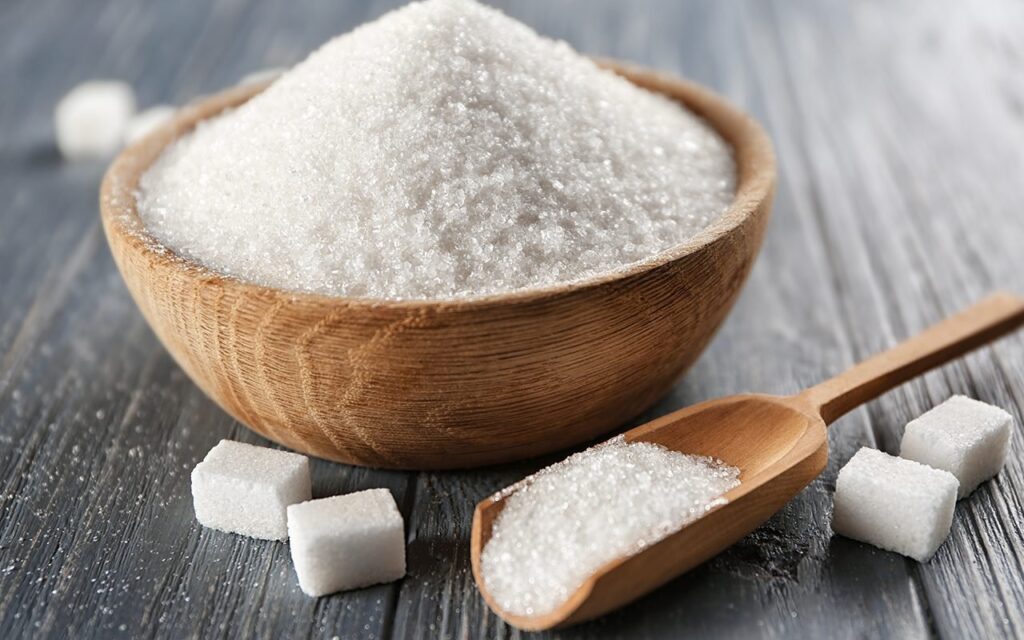Food & Climate
The World Food Price Index declined in May, that FAO index (FFPI) averaged 127.7 points, down 1.0 points (0.8%) from April.
While the price indices for dairy products and meat increased, they were more than offset by declines in those for cereals, sugar and vegetable oils. Overall, the FFPI was 7.2 points (6.0%) higher than its level last year but remained 32.6 points (20.3%) below its peak reached in March 2022.
The FAO Cereal Price Index averaged 109.0 points in May, down 2.0 points (1.8 %) from April and 9.7 points (8.2%) below its May 2024 level, according to a statement that “Food & Climate” platform received.
Global maize prices declined sharply during the month, pressured by firm competition and increasing seasonal availability from ongoing harvests in Argentina and Brazil, with harvesting in both countries ahead of last year’s pace by the end of May. Expectations of a record 2025 maize harvest in the United States of America further contributed to the downward pressure on prices.
Among other coarse grains, world food price index of sorghum and barley also dropped. International wheat prices declined as well, albeit more moderately, due to subdued global demand and improving crop conditions in the northern hemisphere.
Rainfall towards the end of the month reduced the risk of drought in parts of Europe, the Black Sea region and the United States of America. By contrast, the FAO All Rice Price Index increased by 1.4% in May, driven by firm demand for fragrant varieties and higher prices of Indica rice, partly influenced by currency appreciations against the United States dollar in some exporting countries.
World Food Price Index for Oil
The FAO Vegetable Oil Price Index averaged 152.2 points in May, down 5.8 points (3.7%) from April but still 19.1% higher than its year-earlier level. The continued decline reflected lower quotations for palm, rapeseed, soy and sunflower oils. International palm oil prices declined markedly for the second consecutive month, maintaining a discount over competing oils since mid-April. The drop was primarily underpinned by seasonally larger outputs and export availabilities in Southeast Asia.
Global soy oil prices also decreased, pressured by increasing supplies in South America and subdued demand for biofuel feedstock, particularly in the United States of America. Rapeseed oil prices dropped, mostly reflecting prospective improved supplies with the imminent harvest in the European Union, while sunflower oil prices fell due to weakening global import demand and declining price competitiveness.

The FAO Meat Price Index averaged 124.6 points in May, up 1.6 points (1.3%) from the revised April value and 7.9 points (6.8%) above its level a year ago. The increase was driven by higher international prices for bovine, ovine and pig meats, which more than offset a decline in poultry meat quotations. Ovine meat prices rose, driven by higher quotations in Oceania supported by strong global import demand, particularly from China, the Middle East and Europe.
Pig meat prices also increased, bolstered by strengthening global demand and sharply rising German export prices following the country’s regaining of foot-and-mouth disease free status. Global bovine meat prices edged up to a new historical high, amid solid global demand and tight exportable supplies in major producing countries. By contrast, poultry meat prices declined, weighed down by lower quotations in Brazil, where the detection of high-pathogenicity avian influenza on a commercial farm in mid-May led to import bans by several major importing countries, resulting in abundant surplus supplies and downward pressure on prices.
Dairy prices rise
The FAO Dairy Price Index averaged 153.5 points in May, up 1.3 points (0.8%) from April and 27.2 points (21.5%) higher than its value a year ago. International butter prices remained at historically high levels, sustained by strong demand from Asia and the Middle East amid tightening milk supplies in Australia. However, a slowdown in demand for butter of European Union origin limited further price increases. Cheese prices increased for the second consecutive month, driven by sustained foodservice demand — particularly in East and Southeast Asia — and tight availabilities in the European Union due to adverse weather and disease outbreaks earlier in the year. Whole milk powder prices climbed an additional 4 percent from April, underpinned by robust purchases from China and limited supply growth. Conversely, skim milk powder prices declined marginally (-0.2%) in May, as ample exportable supplies from butter-producing regions offset increased demand from the Near East and North Africa.

The FAO Sugar Price Index averaged 109.4 points in May, down 2.9 points (2.6%) from April, marking the third consecutive monthly decline, and 7.7 points (6.6%) below its level in May 2024. The drop was driven by weaker global demand for sugar, amid concerns over the uncertain global economic outlook and its potential impact on demand from the beverage and food processing industries.
Additionally, early forecasts of a likely recovery in global sugar production in 2025/26, supported by expectations of larger outputs in India and Thailand following an early onset of the monsoon season, exerted further downward pressure on prices.

